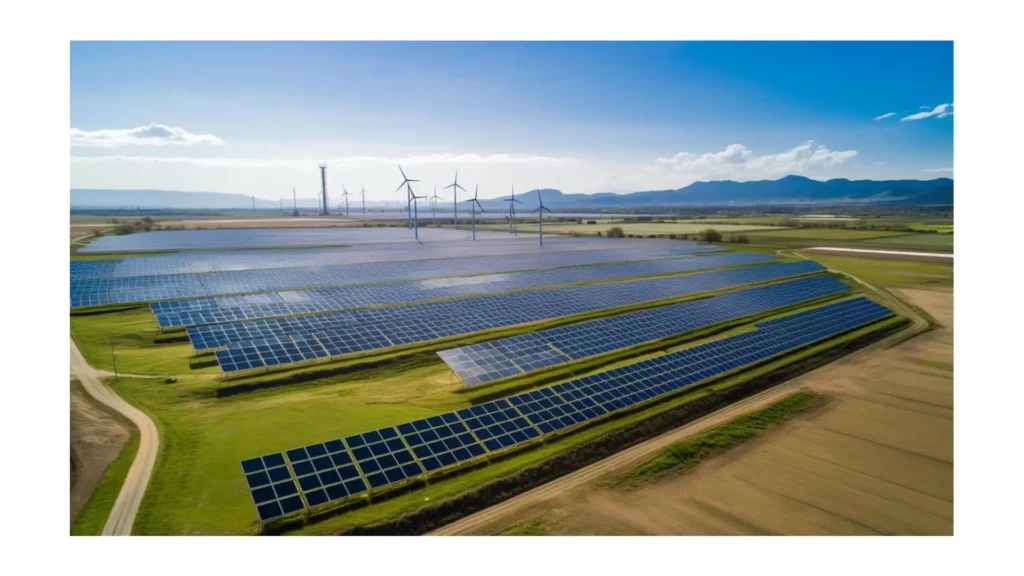The Best Renewable Energy Sources
If you are a homeowner or business owner and are looking to save money on energy costs, you should look into renewable energy sources.
There are several different types of renewable energy, but we will focus on two of the most popular.
These sources are Hydropower and Solar Power. We will also discuss Photovoltaic systems and Bio-power.
Each one has unique advantages and disadvantages. We will also discuss which ones are most cost-effective for your home or business.
What Are Renewable Energy Sources?
Renewable energy sources, commonly known as clean energy sources, encompass a diverse array of natural processes that exhibit the remarkable ability to be consistently replenished over time.
This stands in stark contrast to fossil fuels, which necessitate millions of years for their formation and possess a finite availability.
The remarkable characteristic of renewable energy lies in its capacity to be harnessed in an ongoing and limitless manner, thereby establishing an enduring and environmentally sustainable solution to fulfill our ever-evolving energy requirements.
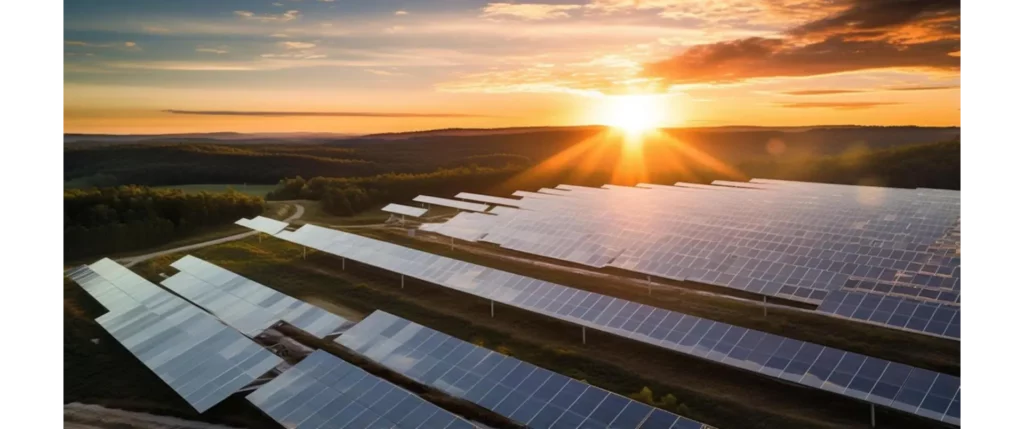
The Importance of Renewable Energy
The significance of renewable energy lies in its multifaceted contributions that extend beyond conventional energy sources.
Embracing renewable energy sources is crucial due to their far-reaching positive impacts on various critical aspects of society, the environment, and the global economy.
- Environmental Sustainability: Renewable energy, like solar, wind, hydro, and geothermal power, is crucial for the environment. It produces little to no greenhouse gas emissions, reducing air pollution, protecting ecosystems, and fighting climate change.
- Energy Security: Reliance on fossil fuels makes nations susceptible to price fluctuations and geopolitical tensions. Diversifying energy sources with renewables can enhance energy security, reduce dependence on external resources, and strengthen resilience against supply disruptions.
- Job Creation and Economic Growth: Renewable energy boosts jobs and the economy. Investments create employment in manufacturing, installation, operation, and maintenance. It aids local economies and promotes sustainability.
- Technological Innovation: Renewable energy drives tech and innovation, fueling R&D in areas like storage, grid integration, and efficiency, sparking innovation and boosting economies.
- Health Benefits: Replacing fossil fuel-based energy with clean alternatives has tangible health benefits. Reduced air pollution from burning fossil fuels leads to fewer respiratory diseases and premature deaths, resulting in healthier populations and decreased healthcare costs.
- Mitigating Energy Poverty: Limited access to reliable energy sources in various regions leads to energy poverty. Deploying smaller-scale renewable energy systems can provide affordable and sustainable power to remote and underserved communities, enhancing quality of life and enabling economic opportunities.
- Global Leadership and Cooperation: Investing in renewable energy helps nations lead in addressing climate change and fosters international cooperation, strengthening diplomatic ties.
Types of Renewable Energy Sources
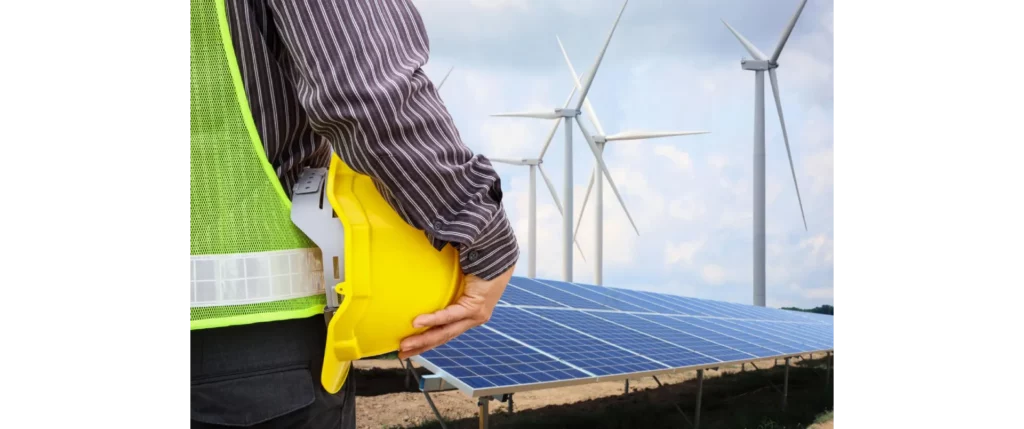
Wind and Solar power
Wind and solar power represent two of the most promising renewable energy sources today, despite facing challenges in integration and efficiency.
These sources are often located far from demand centers, leading to higher connection costs. However, residential solar systems can significantly reduce reliance on public utilities and fossil fuels by offsetting electricity usage.
Similarly, wind turbines generate electricity by converting kinetic energy from wind into AC power, which can be used immediately or stored in batteries for later use.
Both wind and solar energy are crucial for a sustainable energy mix in the UK, but they require adequate storage solutions and priority within the grid system to address their intermittent nature.
Advances in hydrogen technology offer potential for improving the transportability of these energy sources. Yet, the variability of wind and solar power necessitates support from dispatchable power sources to ensure reliability during peak demand periods.
A study by the German Energy Agency highlighted that a relatively small fraction of installed wind capacity significantly contributes to a reliable electricity supply, indicating the need for careful management of renewable resources.
Despite challenges such as price volatility and the limitations of solar energy during non-daylight hours, technological advancements in energy storage and efficiency are enhancing the viability of solar and wind power, promising a more sustainable energy future.
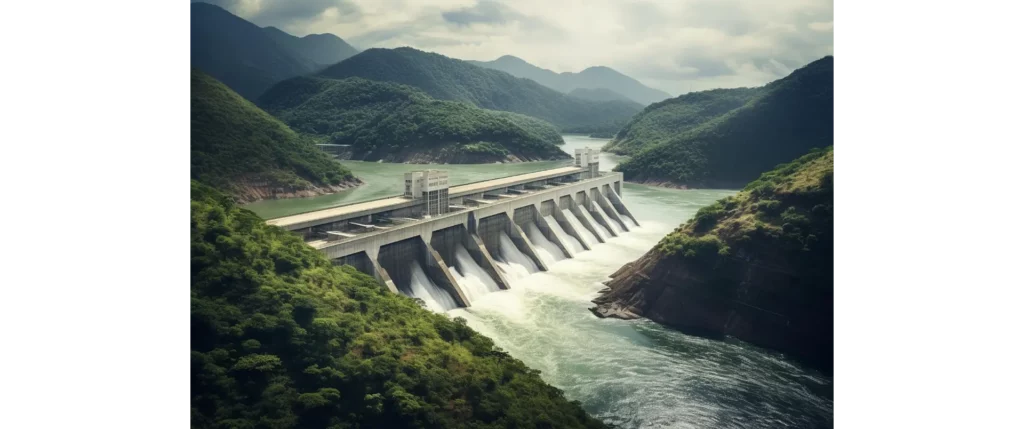
Hydropower
Hydropower, a key renewable energy source since the Industrial Revolution, offers low-carbon electricity but faces environmental and social challenges, such as landscape alterations and impacts on river ecosystems.
Despite its reliance on stable water sources, which climate change threatens with glacier melt and droughts, hydropower remains vital for reducing emissions and supplying off-grid communities.
Innovations like instream turbines present less invasive alternatives to traditional dams, promising lower environmental impacts and cost-effective energy.
Hydropower's role is significant, yet it competes with rising solar and wind power, which are expanding the clean energy portfolio.
Historical developments, like the efficient Francis turbine, have enhanced hydropower's contribution to global electricity production, which has grown significantly since 2000.
Despite challenges, including methane emissions from reservoirs, hydropower is crucial for meeting future energy demands sustainably.
The International Energy Agency predicts hydropower will continue to be a major renewable energy source, even as solar and wind increase their share of the renewable electricity mix by 2024.
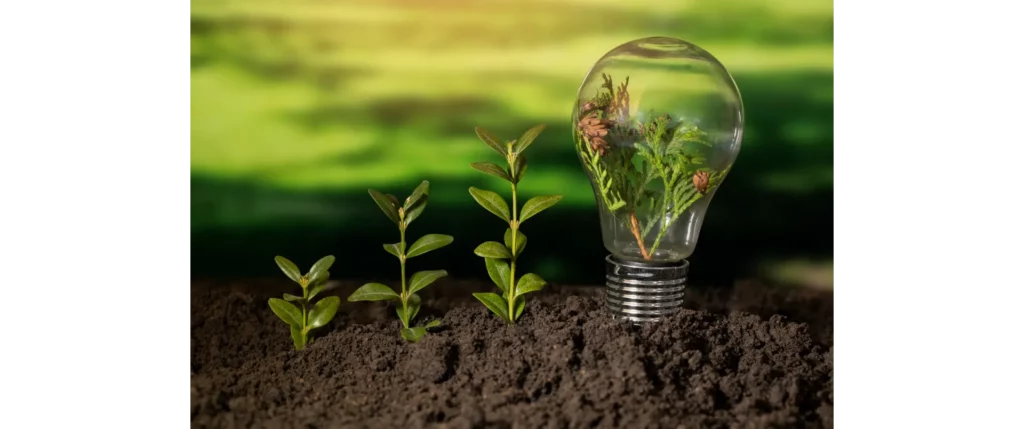
Bio-Power
The shorthand term for Bio-power renewable energy is bare. It's a renewable energy technology that turns waste vegetable oil into biofuel.
This biofuel has zero additives and no chemicals and is made from discarded vegetable oil. Unlike petrol, biofuels do not have harmful pollutants, making them ideal for transportation.
The company currently has three commercial facilities in the UK and has the potential to expand to other countries.
The technology behind biopower involves converting renewable biomass fuels into electricity and heat. It has the potential to reduce carbon intensity in energy production and improve the reliability of the electric grid.
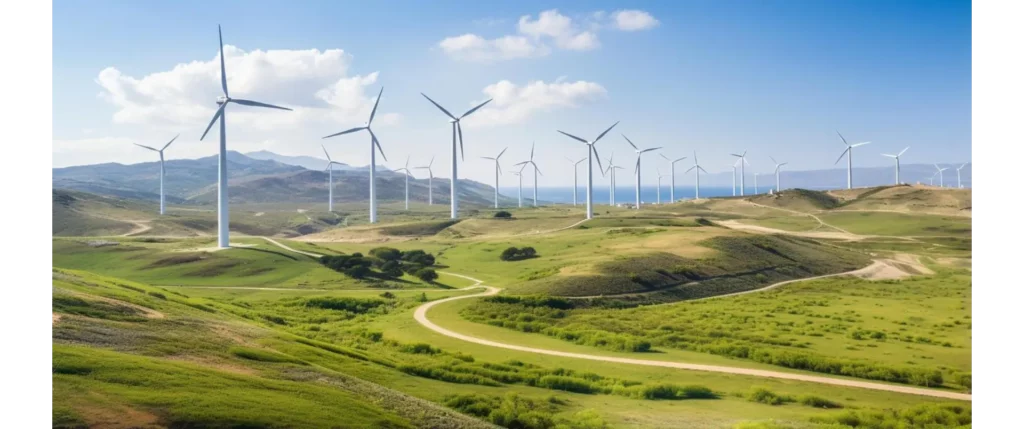
Challenges and Limitations
The realm of renewable energy sources, laden with potential, is not devoid of challenges and limitations, each of which adds nuance to the pursuit of sustainable energy solutions:
- Intermittency and Energy Storage: Solar and wind energy depend on weather patterns. To handle their intermittent availability, smart storage solutions are needed. These solutions can store extra energy during high production and release it during low production, ensuring a steady power supply.
- Initial Investment Complexity: The initial costs of renewable energy infrastructure are a challenge, particularly for less developed areas, despite the declining expenses of renewable energy technologies.
- Land and Resource Allocation: Renewable energy sources like hydropower and biomass have environmental concerns. They require land, and resources, and can conflict with agriculture and conservation. Balancing their benefits with environmental trade-offs needs careful planning and assessments.
- Technological Development and Grid Integration: Integrating renewable energy into energy grids is complex. Solar and wind power's variability needs advanced grid management and storage. Merging intermittent sources with traditional power infrastructure requires modernization and technological advancements.
- Policy and Regulatory Frameworks: Regulations affect renewable energy adoption. Inconsistent policies or lack of clear regulations can hinder progress and investments. Favorable policies are crucial for innovation and sustainable growth.
- Public Perception and Awareness: Public perception affects renewable energy adoption. Misunderstandings about costs, reliability, and aesthetics hinder the transition. Education and dispelling myths are crucial for greater acceptance.
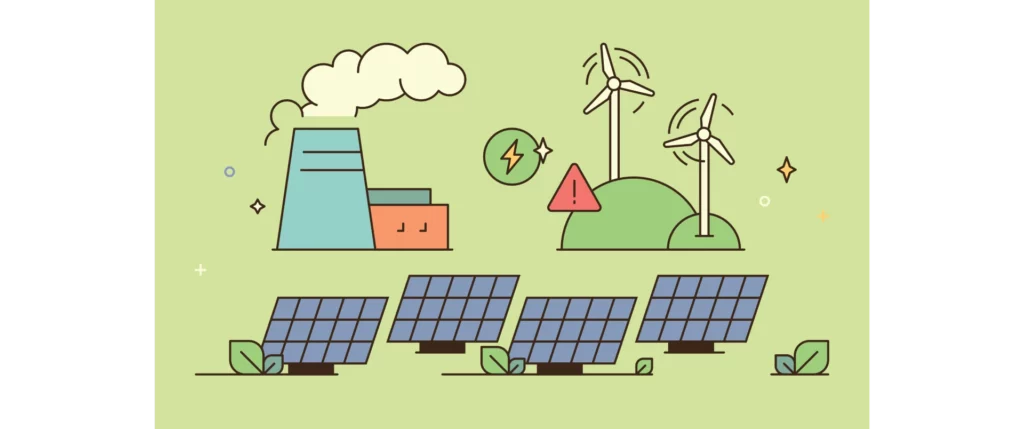
Where to Access Renewable Energy Sources
Access to renewable energy is influenced by geography and infrastructure, leading to various methods for tapping into sustainable energy.
Here are prevalent ways individuals and communities can access it.
- Residential Solar Panels: Homeowners can install solar panels on their homes to convert sunlight into electricity for personal use. This decentralization reduces reliance on grid power and promotes localized energy production.
- Wind Farms: Utility-scale wind farms generate renewable electricity by harnessing wind energy and injecting it into the power grid. This benefits communities and industries on a large scale.
- Hydropower Plants: Many countries rely on hydropower plants to generate electricity using the force of flowing water. These systems are a reliable and renewable source of energy.
- Geothermal Power Plants: Geothermal activity in regions like geysers and hot springs provides a reliable power source for electricity generation. These power plants utilize Earth's internal heat reservoirs, showcasing the immense potential of geophysical processes.
- Biomass Facilities: Biomass energy can be locally produced from agricultural or forestry waste, converting it into usable energy. This sustainable practice helps repurpose waste and reduces dependence on fossil fuels, aligning with circular economy principles.
Conclusion
As I ponder the world of renewable energy, it's clear that our path to a sustainable
future is guided by its potential. However, harnessing this power comes with challenges that reveal the complexities of this transition.
Despite obstacles, the path to renewable energy adoption brings immense rewards.
Wind turbines and solar panels symbolize the collective efforts shaping a sustainable future that harmonizes with our planet.
Source:

